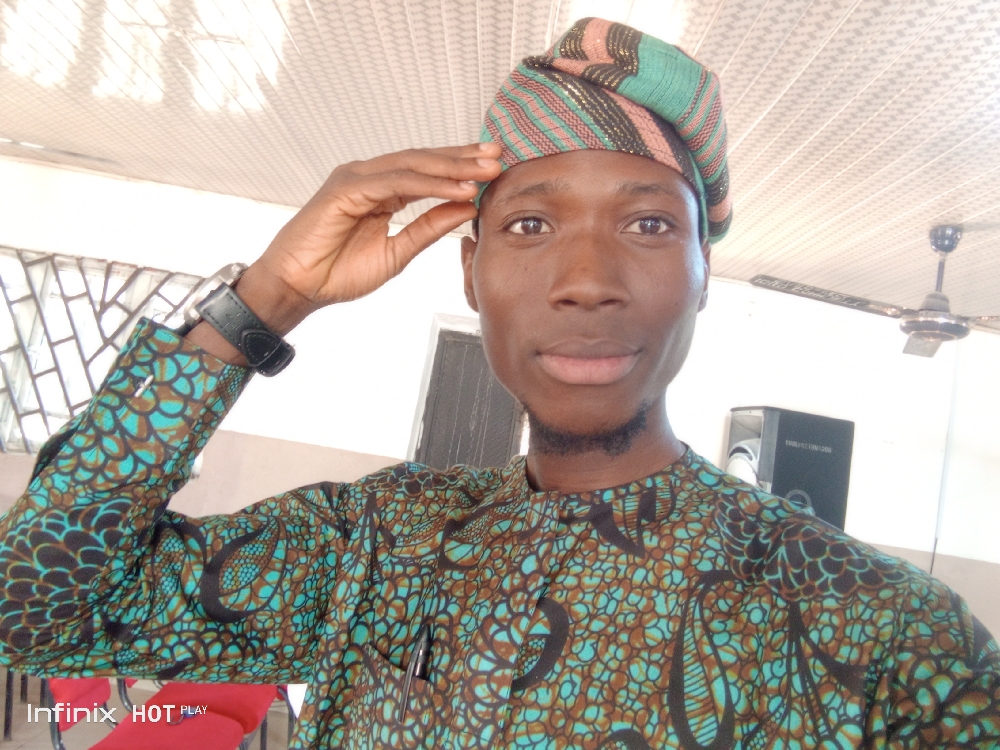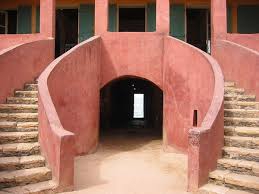


MAISON DES ESCLAVES, ISLAND OF GOREE - DAY 20
Taiwo Emmanuel@emmanueltaiwo863879
1 year ago
#neighbors
MAISON DES ESCLAVES, ISLAND OF GOREE - DAY 20
A couple of days ago, we were at the Island of Goree, Senegal and today we will be returning there to look at the "Maison des Esclaves" in depth, a section of the Island of Goree, Senegal.
Please note that "Maison des Esclaves" means the "House of Slaves".
Now, let's go!
The house of slaves was built in 1776. Built by the Dutch, it is the last slave house still in Goree and now serves as a museum. The island is considered a memorial to the Black Diaspora.
An estimated 20 million Africans passed through the Island between the mid-1500s and the mid-1800s. During the African slave trade, Goree Island was a slave-holding warehouse, an absolute center for the trade of African men, women, and children. Millions of West Africans were taken against their will. These Africans were brought to Goree Island, sold into slavery, and held in the holding warehouse on the island until they were shipped across the Atlantic Ocean. They were sold in South America, the Caribbean, and North America to create a new world. The living conditions of the slaves on Goree Island were atrocious.
Human beings were chained and shackled. As many as 30 men would sit in an 8-square-foot cell with only a small slit of the window facing outward. Once a day, they were fed and allowed to attend to their needs, but still, the house was overrun with the disease. They were naked except for a piece of cloth around their waists. They were put in a long narrow cell to lie on the floor, one against the other. The children were separated from their mothers. Their mothers were across the courtyard, likely unable to hear their children cry. The rebellious Africans were locked up in an oppressive, small cubicle under the stairs; while seawater was sipped through the holes to ease dehydration.
Above their heads, in the dealer's apartments, balls and festivities were going on. But even more, poignant and heart-wrenching than the cells and the chains were the small "door of no return" through which every man, woman, and child walked to the slave boat, catching a last glimpse of their homeland.
When the French abolished slavery in 1848, 6000 persons and 5000 former captives lived on the island. Designated by the United Nations Educational, Scientific Cultural Organization (UNESCO) to be a World Heritage Site, Goree Island in the 21st century retains and preserves all the traces of its terrible past.
The main Slaves' House built in 1777 remains intact with cells and shackles; the Historical Museum, the Maritime Museum, residential homes, and forts are also standing. The Island today has about 1000 residents.
Dear Readership, As Africans, we have come very far and today's episode is a testament to this. Always remember that you are a warrior who has warred so many battles and won so many of them. Hold your head very high and be proud of yourself as an African.
In fact, till we get to the promised land, I shall be waiting for when you will pass me a glass of water and thank God for the gift of grace for this race.
Cheers to Infinity and Beyond 🥂.
Reference - African American Registry.
Pictures source - Google.
#DiscoverAfrica
#ExploreAfrica
#NextTourismSpotChallenge
#VisitAfrica
📍Dakar, Senegal
